University Nursing Self-Directed CPD Evidence Record and Analysis
VerifiedAdded on 2023/01/18
|8
|872
|38
Homework Assignment
AI Summary
This assignment presents a self-directed Continuing Professional Development (CPD) evidence record from a nursing student. The record details activities undertaken to enhance wound care management skills. The student engaged in activities such as reviewing wound care guidelines, understanding different dressing types, and learning about systematic wound assessment and intervention strategies. The record includes dates, sources, activity descriptions, and reflection on learning outcomes. The student aimed to improve knowledge of wound classification, management, and application of evidence-based practices. References to supporting literature, including guidelines and research papers, are provided to support the learning process and demonstrate the student's commitment to improving patient outcomes through enhanced wound care practices. The student aims to bridge gaps in their practice by applying new knowledge in real-world clinical settings, including factors affecting wound healing and the importance of uniform guidelines for effective wound management.
1 out of 8
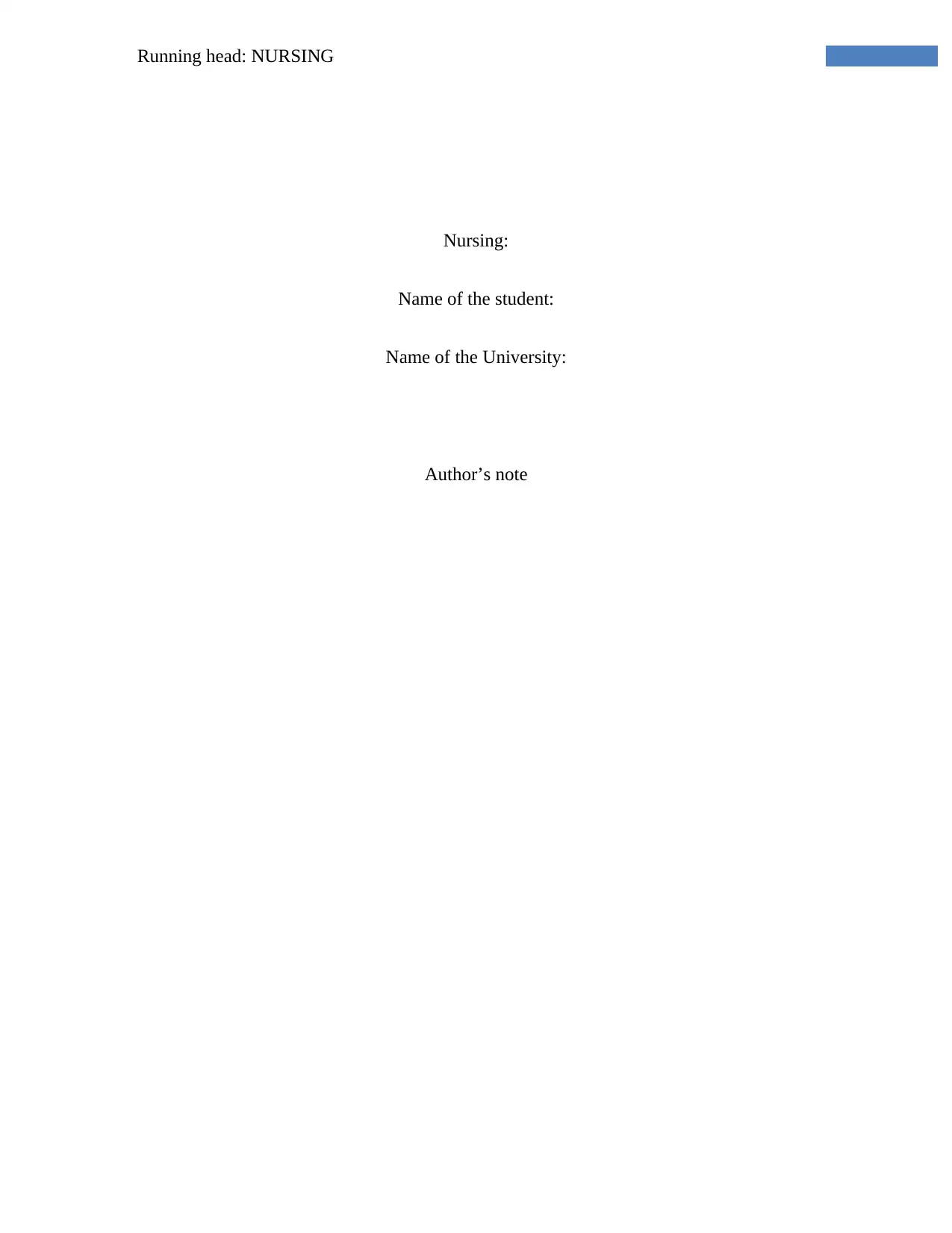
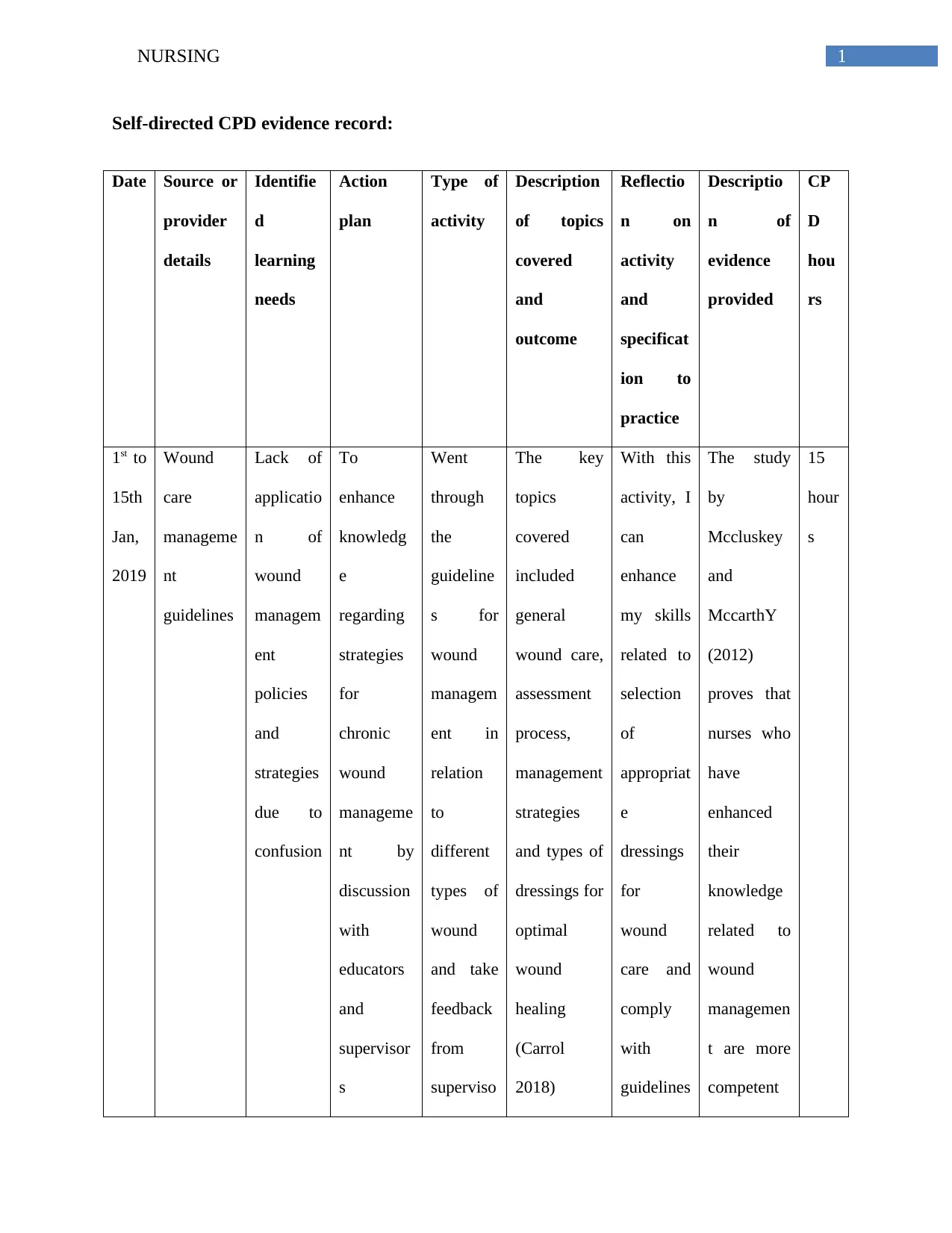
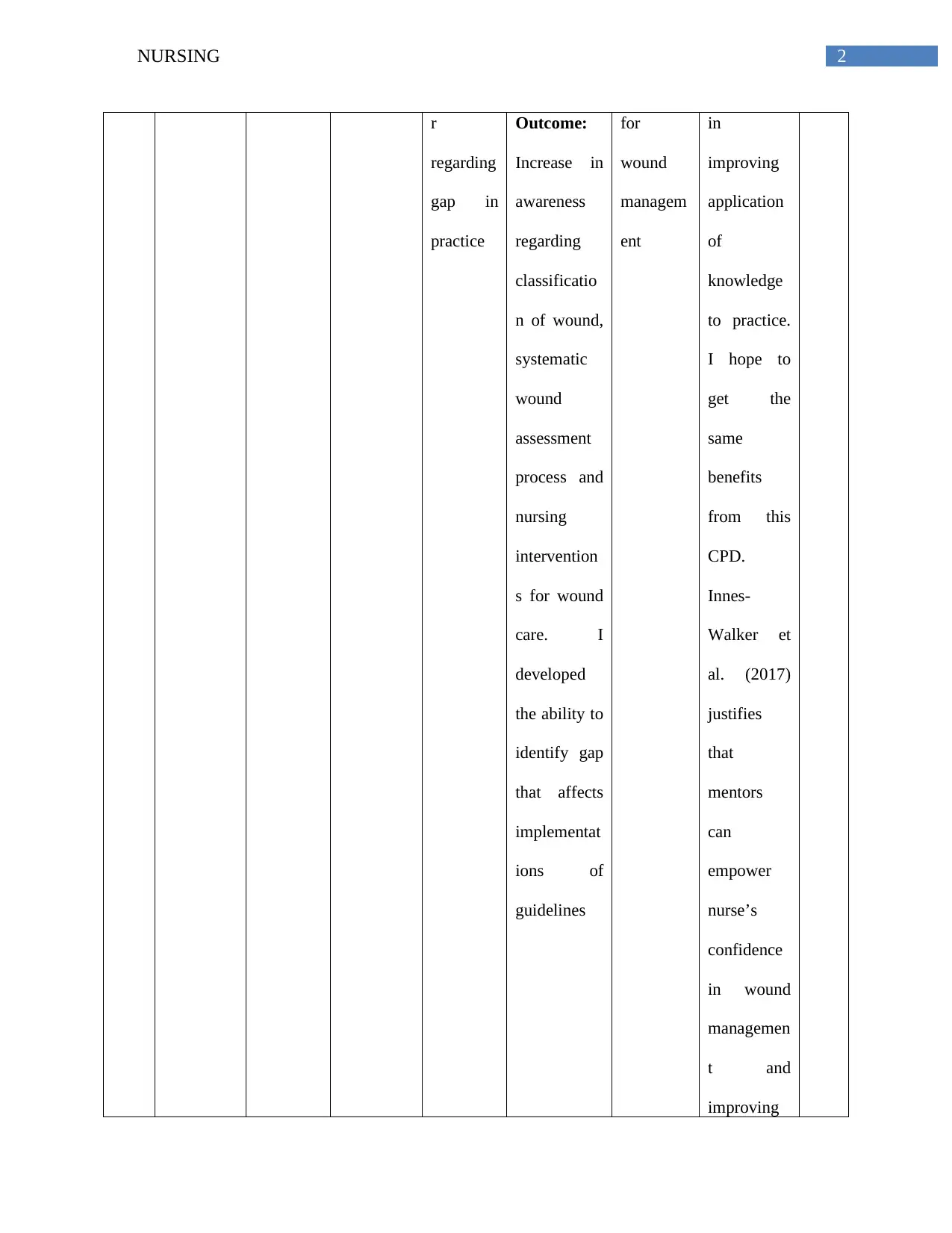

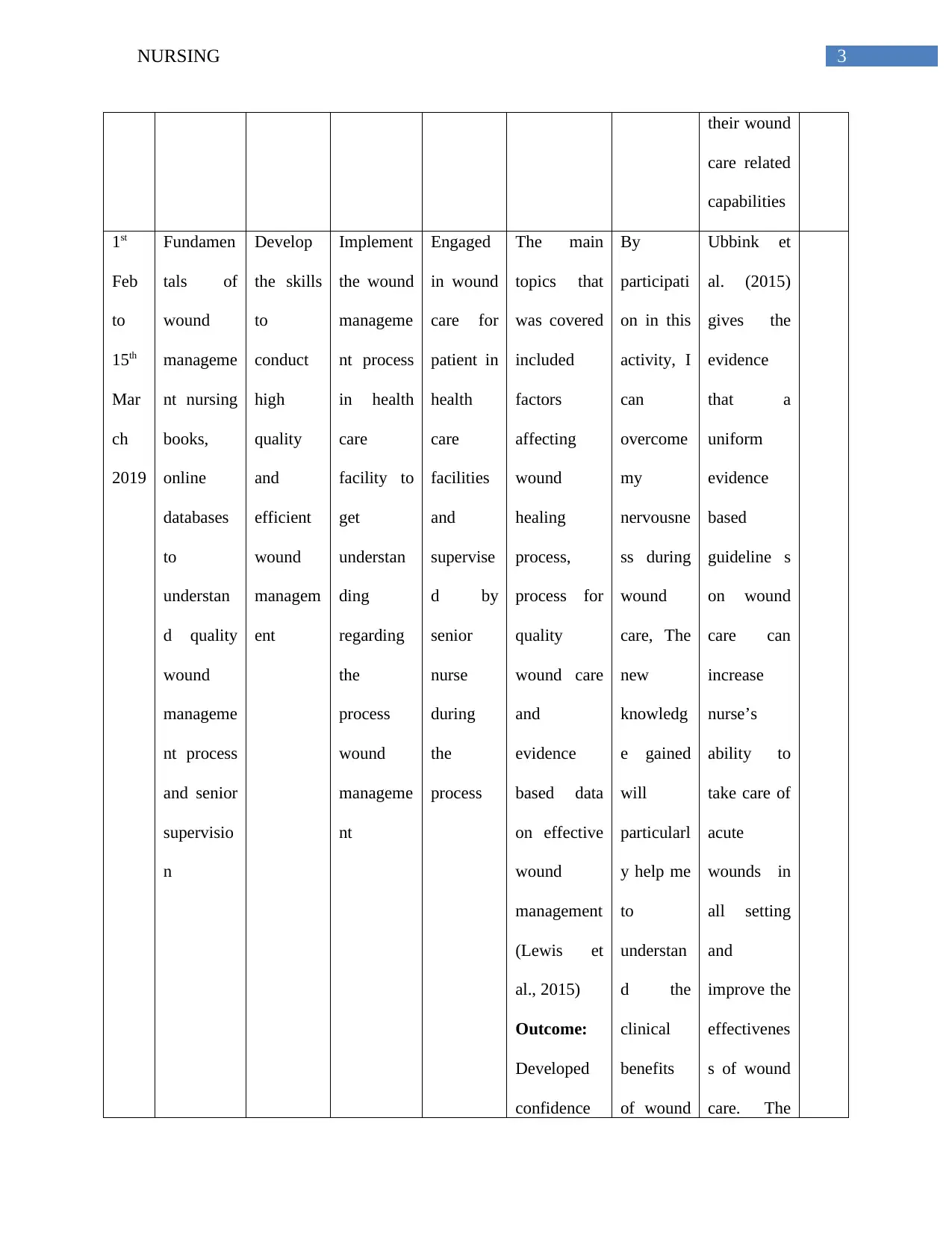
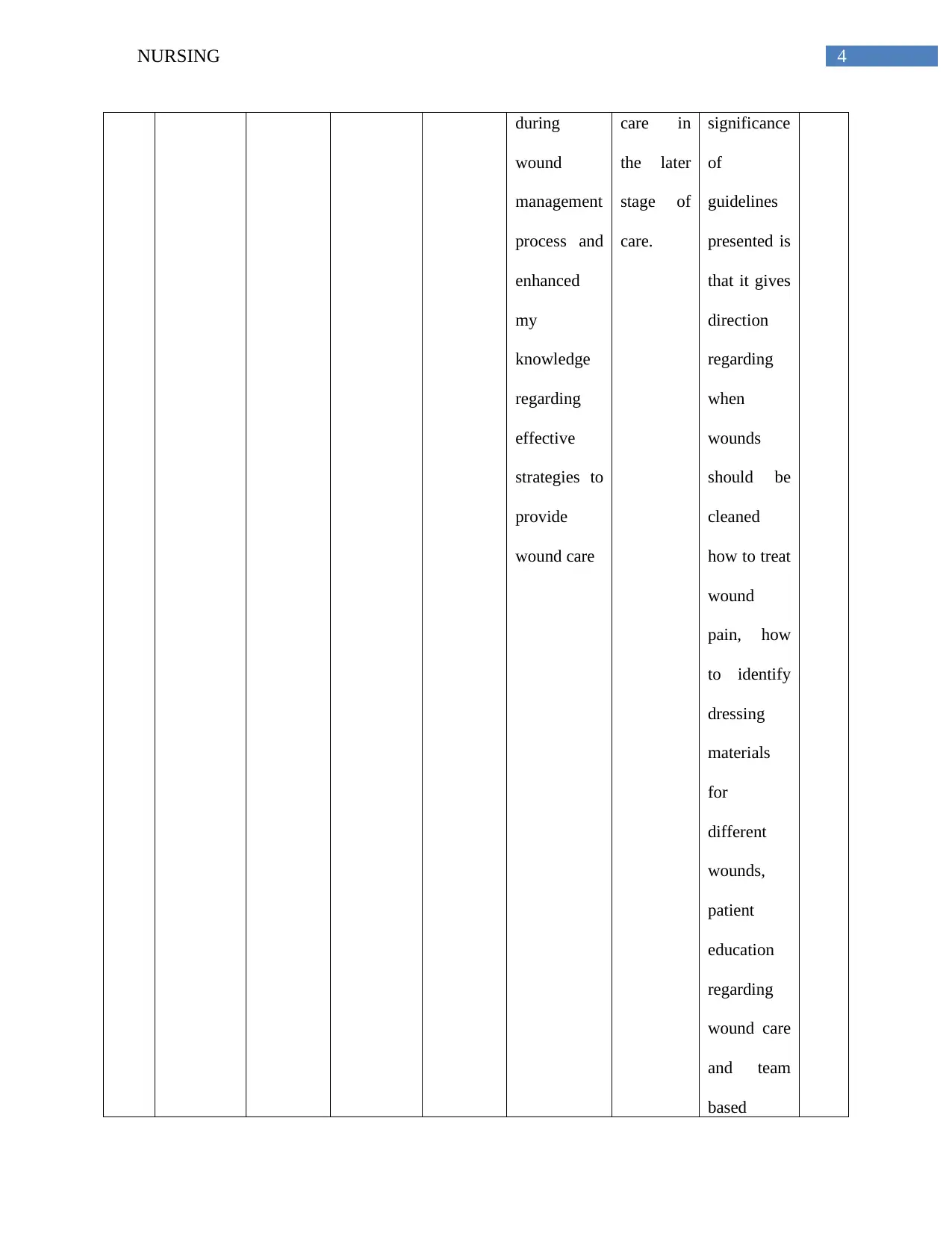
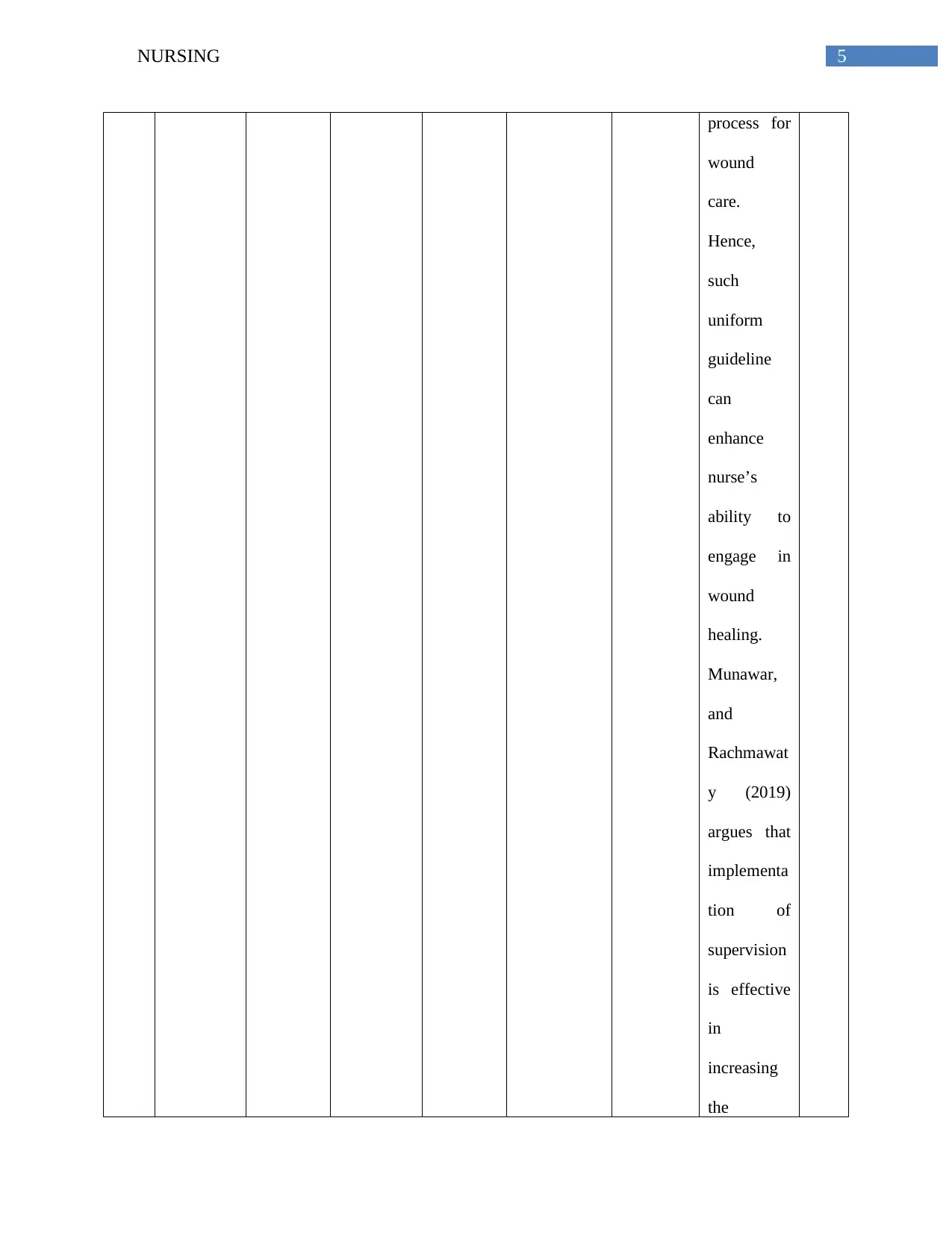
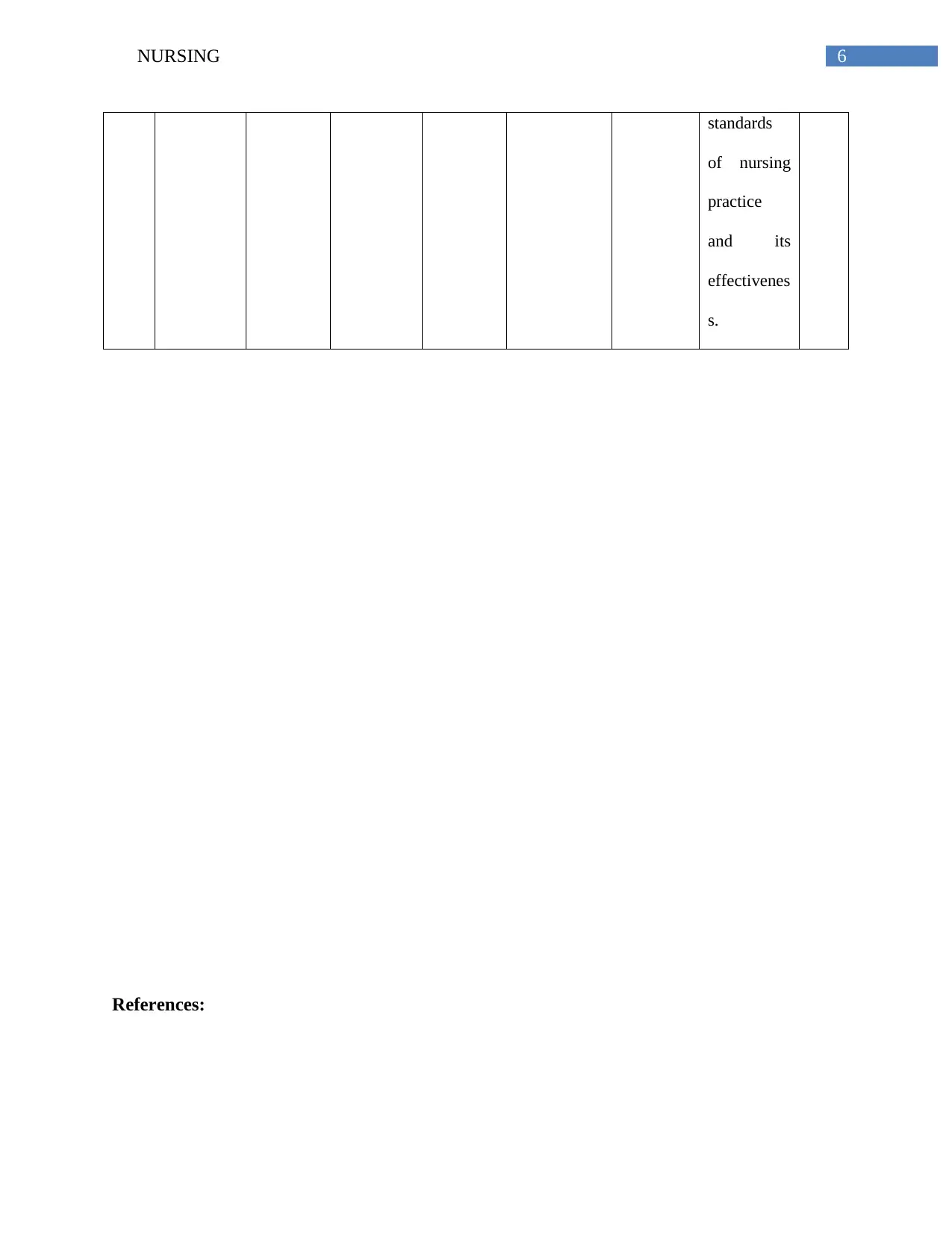
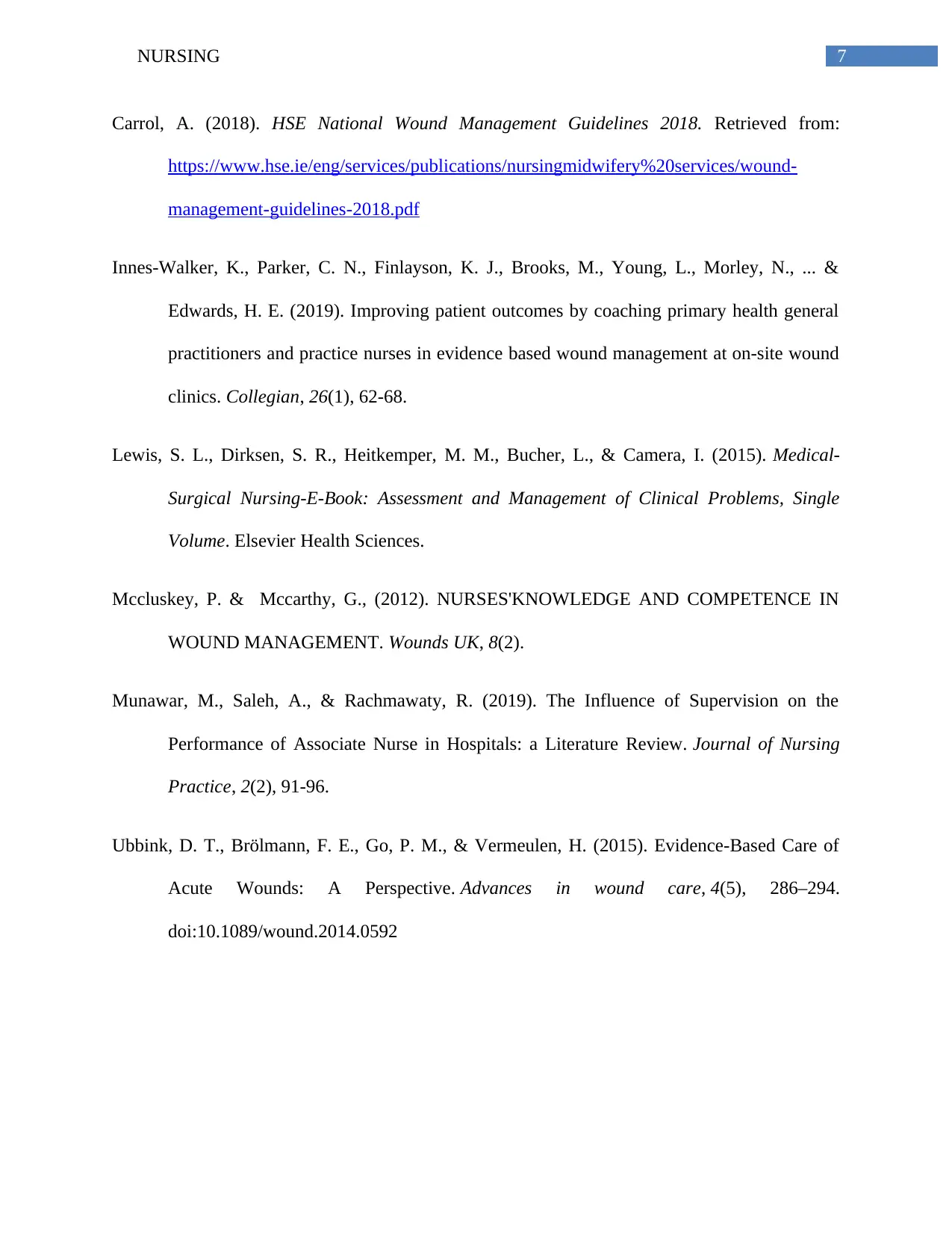


![[object Object]](/_next/static/media/star-bottom.7253800d.svg)